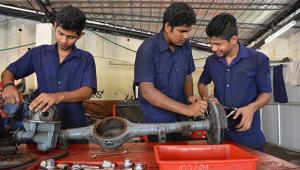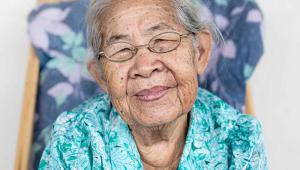Japan’s official statistics office published data yesterday showing that the ratio of open jobs to applicants hit 1.48 in April, meaning there are now 148 jobs for every 100 applicants.
The country boasts one of the lowest unemployment rates in the world, and this is at its smallest domestically in decades.
But this is more indicative of the country’s ageing population and shrinking labour force than the success of the world’s number three economy.
At the same time, many of the jobs available are irregular and poorly paid. Despite employers fighting over applicants, the pay rises, many argue, are necessary to bolster consumer demand and deliver a sustained revival for the country’s economy.
The OECD said in light of the rapidly shrinking workforce, it is essential to support young people to actively participate in the labour market, especially those who are not in employment, education or training (NEETs).
In a report published earlier this week it said the number of young people in work in Japan has shrunk by around 1.5 million since 2007 as the youth population declines. Of those that are in work, half are on irregular contracts – more than twice as many as in the early 1990s.
This is despite Japan’s education system producing “excellent” academic outcomes, the OECD noted, including for NEETs; over one third of whom hold a university level qualification.
Less than 6% of all young people do not leave school with an upper-secondary degree – one of the lowest rates across the OECD.
Yet one quarter of all Japanese young people in their twenties are NEET at least once over a four year period, and around half of those are NEET in multiple years.
More than two thirds of Japan’s NEETs, of which there are around 1.7 million, are not looking for work, particularly young women.
The NEET gender gap in the country is larger than in most others in the OECD, with many women in their late 20s withdrawing from work to care for young children. One answer, the think-tank said, would be to improve access to childcare.
Another problem particular to Japan – and one that the OECD said is growing – is that of the so-called hikikomori: around 320,000 young people below the age of 30 (around 1.8% of this age group) who live in a “state of acute social withdrawal”.
Hikikomori do not engage in personal relationships with anyone outside their immediate family, and rarely leave their home, or even their room, for a period of at least six months, but often longer. The OECD said many will require intensive and prolonged assistance to reintegrate.
Its other recommendations included: improved social and employment support; strengthening work-based learning in upper-secondary education, including by introducing requirements for practical training; and testing small-scale start-up subsidies for young job seekers with entrepreneurial potential.














